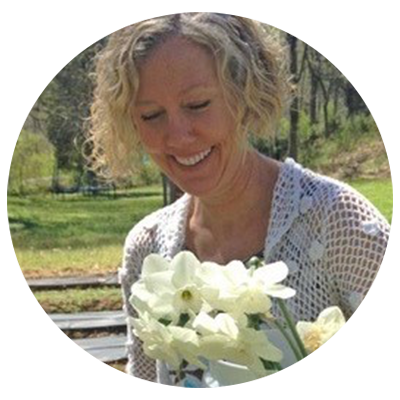A series of guest-written gardening blogs to inspire fans of NPT’s Volunteer Gardener and anyone looking for tips and ideas for happier, healthier gardens.
March is when we start seeing signs that spring is near. It is when gardeners begin champing at the bit to get outside (if they weren’t already) and get their hands dirty! There is good reason for this: the vernal (or spring) equinox, the astrological beginning of spring in the northern hemisphere, happens in March. Our part of the earth begins its tilt toward the sun as nature begins to awaken around us with the lengthening days.
In March you can also get a jump on the coming growing season by starting seedlings indoors. Here’s how.
Supply List
- Seed packets
- Potting soil (specifically packaged for seed-starting)
- Seed-starting trays
- Humidity domes
- Germination mat (specifically designed for seed-starting)
- Plant markers
- Watering can with a very fine rose
How to Begin
- Fill your trays with the potting medium. Give them a tap to make certain there are no air pockets. But don’t overstuff them; the tiny roots need room to breathe!
- Follow the directions on the seed package for planting depth. Remember that some seeds need light to germinate (surface sown) and others need darkness.
- Label the varieties with plant markers.
- Water very carefully and gently.
- Place the clear plastic humidity dome over your tray.
- Place the completed tray on a germination mat near a sunny window or under grow lights.
- Check your trays every day and keep them moist.
- When the seeds begin to sprout, remove the humidity dome.
- When the seedlings have their first set of true leaves, remove from the heat mat and keep watering.
- Watch in wonder as your seedlings stretch toward the light and begin the miracle of photosynthesis, growing more each and every day!
You will be tempted to plant out these beauties on the first warm day, but please refrain from doing so! Our last average frost date in Middle Tennessee is April 15, but that is just an average. In this part of the country, the received wisdom of our grandparents is not to plant any tender annuals until after Mother’s Day. If in the interim your seedlings begin to outgrow their seed-starting trays, you can bump them up to slightly larger individual pots. Better a little extra work then a bunch of dead, frozen seedlings!
I find this process endlessly inspiring and I hope you will, too!
Happy seed-starting!
Laura

Laura Bigbee-Fott is a Davidson County Master Gardener. She owns Whites Creek Flower Farm and runs a floral event and wedding design business called Everything Blooms.
